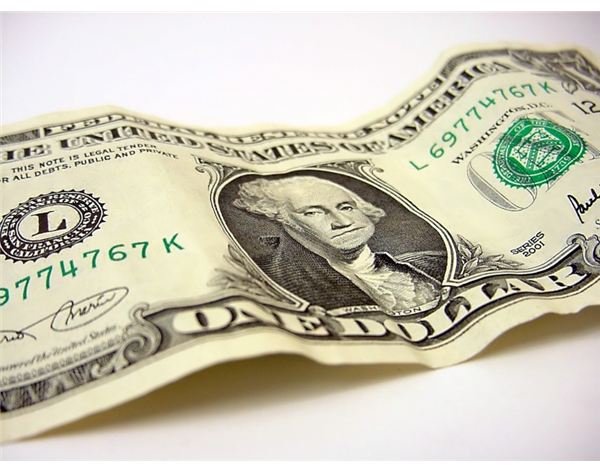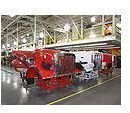Various Types of Cost in Managerial Accounting
Managerial Accounting Cost Types
In managerial accounting, you deal with the following types of cost: manufacturing costs, product costs, and period costs. You will also deal with variable and fixed costs, direct and indirect costs, and differential cost. But wait; there are two more managerial accounting types of costs: opportunity and sunk costs.
Manufacturing Costs
Manufacturing costs are broken down into three categories: direct materials, direct labor, and manufacturing overhead. Direct material costs are those tied to the products your company purchases to make the products they sell. That could be chicken for Kentucky Fried Chicken restaurants or seats for an airplane like an Airbus.
Direct labor manufacturing costs pertains to the monies paid to employees who produce your company’s products. Manufacturing overhead costs include anything needed to produce the product in the manufacturing facility besides the direct materials or direct labor costs. For example, electrical expenses would be a manufacturing overhead cost.
Product and Period Costs
Manufacturing costs are also known as product costs. But there are non-manufacturing costs, too, that are experienced in order to operate a business.These managerial accounting types of costs are known as period costs and include sales commissions as well as the cost to operate office space for administrative personnel that work for the company.
Variable and Fixed Costs
Some of the costs incurred to operate a business will be the same amount every month. Those fixed costs, like bank loans on plant equipment or land and building purchases will not fluctuate every month and can be more easily budgeted. Administrative salaries would fall into this category too.
Variable costs, on the other hand, are those business expenses that can’t really be budgeted due to their changing amounts each week or month. Costs that fall into this category include plant employee salaries, which vary depending upon the number of hours worked and if overtime is involved. Another variable cost would be raw material purchases, which vary depending upon the amount of sales orders taken within the month.
Direct and Indirect Costs
Two managerial accounting types of costs, direct and indirect, pertain to whether a cost can be traced specifically to a cost object. For example, if a raw material of eggs is required for the making of a particular food item, it would be considered a direct cost. If the egg would be used in one of several types of baked goods made by the manufacturer, it would be considered an indirect cost, since it can’t be tied specifically to one object.
Differential Cost
In managerial accounting, sometimes the manager must decide between two options. Both options will be reviewed and the best of the two is, hopefully, chosen as the winning solution. When comparing these two business options, costs will be compared to see which one is more cost-efficient. This comparison of costs for both options being considered is known as differential cost.
Opportunity Costs

In differential cost, a business looks at two options and chooses the one that makes the most sense to pursue. That doesn’t mean that the other option wasn’t good, it just means it wasn’t as good as the one selected. However, sometimes a company has to lose a benefit by choosing one option over another. This is known as opportunity cost. An example would be that a company wants to build a new building but needs to purchase land to do so. But, if they purchase the land instead of investing those extra funds they will lose potential profit if that investment climbed in value. To pursue the opportunity of buying land instead of investing in securities is an example of an opportunity (lost) cost.
Sunk Cost
Managerial accounting types of costs not only deal with operational costs to produce and sell products, They can also deal with situations in which plant equipment purchased before is no longer useful in new product line production. This older and no longer needed equipment is considered a sunk cost if it cannot be sold. It is a cost that has come before and cannot be changed. In managerial accounting, sunk costs are not to influence future financial decisions. Therefore, a business shouldn’t go back to producing a product that wasn’t profitable just to use obsolete equipment.
